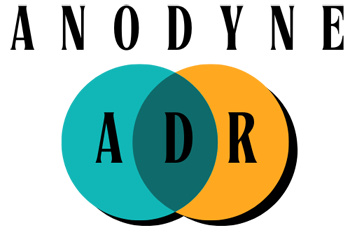Alcohol is, perhaps, one of the most confusing drinks out there. Some drink to socialize, some drink to take the edge off, and some drink to ease pain. It’s something that has been villainized and romanticized in popular culture.
But there’s something that everyone, even those who drink responsibly, is vehemently against.
Taking the wheel after drinking.
The US has a major problem with accidents caused while driving under the influence of alcohol. A report by the NHTSA states that 37 people die a day in the US in alcohol-related accidents. Multiply that with the number of days in a year; the final count is depressing.
Now, you might consult a car accident lawyer to understand fault in drunk driving accidents. But, who do you reach out to find out how alcohol impacts an individual’s driving behavior?
That’s where this article comes in. It discusses the different ways alcohol has a negative influence on a car driver.
The Basics
The US legal system measures the amount of alcohol in an individual’s blood through Blood Alcohol Content (BAC). Different states follow different BACs. Most states have a BAC limit of 0.08%. Utah is the exception here, with a lower BAC of 0.05%.
Like all other types of food, alcohol ends up in raw form in the stomach. There, it gets absorbed through the walls of the stomach. The small intestine chips in as well.
Once absorption is done, the alcohol moves into the bloodstream. It stays here until the liver metabolizes it.
This alcohol content in blood is what BAC is all about.
It is important to note that there is no safe BAC limit. Even a BAC of 0.02% can be dangerous if the person is physically weak or has a health condition.
The Consequences
The legal limit of 0.08% is set after various considerations. The list below describes BAC ranges between 0.02 and 0.15 and their impact on the individual.
- 0.02: Minor hit to mood and body temperature. The individual may face issues with multitasking.
- 0.05: The individual becomes more relaxed, leading to improved mood. They may also face loss of small-muscle control and poor judgment-making skills. Their ability to track moving objects and react to emergencies is impacted. Steering skills take a hit as well.
- 0.08: At this stage, the individual starts losing control of themself. They will face
- Memory issues
- Poor muscle coordination
- Lack of self-control
- An inability to focus on the road
- Perception issues
- Impaired vision
- 0.10: This is one of the more severe stages. An individual with a BAC of 0.10 starts to drift between lanes as their perception is greatly affected. They might also brake suddenly in an attempt to regain control. At this stage, the individual also faces poor coordination skills and slurred speech.
- 0.15: This is the most severe stage. The individual has an extremely high chance of vomiting, and muscle control takes a massive hit. Their ability to process information goes down considerably. They will face extreme difficulty in focusing on the road.
Final Thoughts
You just read about how alcohol influences driving behavior.
Regardless of how confident a person is, one should never consider driving while under the influence of alcohol. It is the responsibility of the individual to take sufficient precautions if they know they are heading out to drink.
One often suggested method is to have a sober driver. Individuals can also opt to use one of the numerous ridesharing services to reach home safely.
With the right safety measures, everyone can stay safe on the road.




















